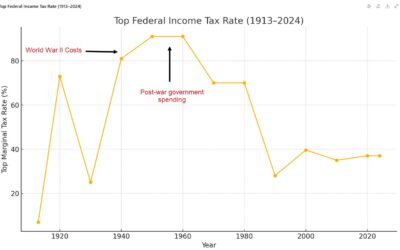529 plans vs UTMAs
When families begin saving for their children’s future, two popular options often come up: 529 college savings plans and UTMA custodial accounts. While both are designed to help transfer wealth to the next generation, they work very differently and serve different purposes.
A 529 plan is specifically geared toward education. Contributions grow tax-deferred, and withdrawals are tax-free if used for qualified education expenses such as tuition, books, and even certain K–12 costs. Some states, including Michigan, also offer a state tax deduction for contributions. Importantly, 529 plans aren’t just for traditional four-year colleges—they can also be used for many community colleges, vocational programs, and trade schools, as long as the institution participates in the U.S. Department of Education’s aid programs. This makes them a flexible tool for a wide variety of career paths.
By contrast, an UTMA (Uniform Transfers to Minors Act) account is far more flexible. Assets can be used for anything that benefits the child—whether that’s school costs, buying a car, or other expenses. The downside is taxation: while the first portion of income may be tax-advantaged, earnings above a certain threshold are taxed at the parent’s rate (“kiddie tax”). Additionally, once the child reaches the age of majority (18 or 21 in Michigan, depending on circumstances), they gain full control of the account, which may not align with the parent’s wishes.
Ultimately, the choice between a 529 and UTMA often comes down to your goals. If education funding is the priority, a 529 plan usually offers greater tax advantages and more educational coverage than most families realize. If broader flexibility is desired—and you’re comfortable with your child having control later on—a UTMA might be worth considering. Many families actually use both, balancing tax benefits with flexibility.




